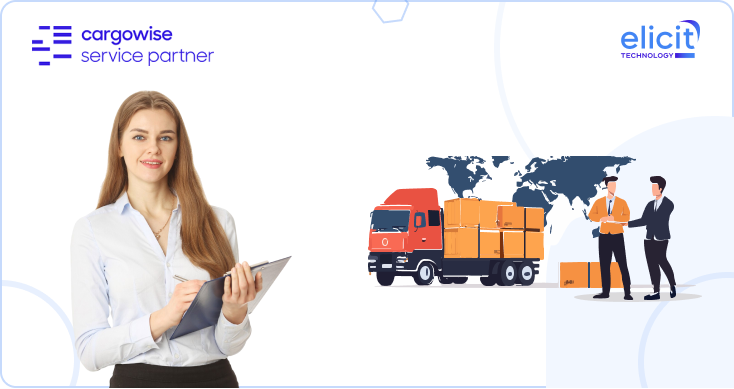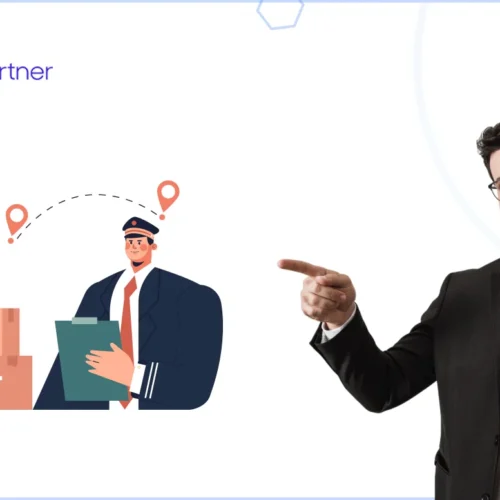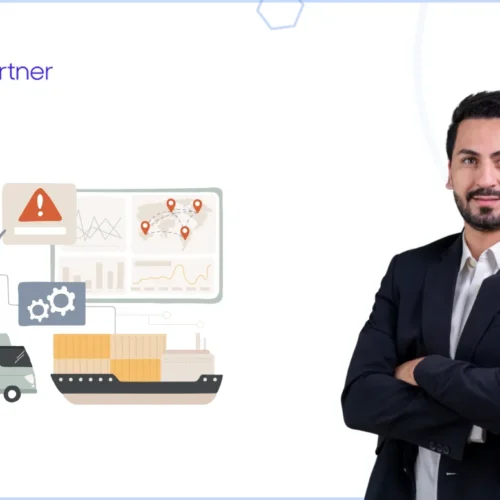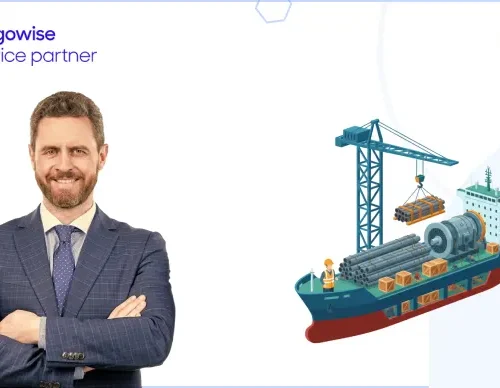Imagine this, a forwarder is managing multiple LCL (less-than-container load) shipments bound for the same port. To optimize costs and vessel space, these shipments need to be grouped into a single container, a Consolidation. At the same time, each shipper still requires their own shipment record for documentation, billing, and compliance.
If these records aren’t linked properly in your system, it leads to a mess: missing milestones, billing delays, and frustrated customers who don’t know where their cargo is. This is why linking Consolidations and Shipments in CargoWise isn’t just a procedural step, it’s the foundation for accurate execution and visibility.
What Are Consolidations and Why Do They Matter?
In freight forwarding, a Consol formation is the process of combining multiple shipments that share the same routing into one master unit. For sea freight, this could be a container; for air freight, it might be a master airway bill.
The benefit of consolidations is clear:
- Cost savings by sharing transport costs across multiple shippers.
- Operational efficiency by reducing the number of individual bookings.
- Simplified carrier interaction since one master document covers multiple jobs.
But there’s a catch. If consolidations aren’t correctly linked to their shipments, operations teams lose visibility into which cargo belongs to which customer. Worse, milestones like Loaded on Vessel or Customs Cleared might not update consistently across shipments.
Why Should Shipments Be Linked to Consolidations in CargoWise?
Every shipment record in CargoWise holds critical details, including consignor, consignee, goods description, weights, charges, and compliance fields. On the other hand, consolidations manage the container, voyage, and routing details.
By linking them together, you ensure that:
- Milestones flow correctly from the container level to each shipment.
- Billing aligns automatically, reducing the chance of revenue leakage.
- Customer communication stays accurate, since each shipper gets updates tied to the master movement.
- Operational exceptions are flagged faster, helping you react to delays or rolled cargo.
- Simply put, unlinked records equal fragmented visibility. Linked records equal control.
Where Do Forwarders Struggle Without Linking?
In today’s logistics environment, many forwarders still:
- Create consolidations, but forget to attach individual shipments.
- Detach shipments incorrectly when cargo rolls to the next vessel.
- Duplicate effort by updating shipment milestones manually instead of letting the system push updates from the console.
- Misses billing opportunities when charges tied to consolidations don’t flow down to shipments.
- These issues translate into wasted operator time, billing disputes, and dissatisfied clients who expect transparency.
How Do You Link a Shipment to a Consolidation in CargoWise?
CargoWise makes it straightforward, but it’s critical to follow the right sequence:
Start from the Consol record – In the Edit Consol window, click Attach.
Find the shipment – The Shipment Search screen opens. Use filters to locate the correct shipment.
Confirm the link – Select the shipment, click OK, and then Save. The shipment is now linked to the consol.
If cargo rolls to the next vessel, you can detach the shipment by highlighting it and clicking Detach, then confirming with Yes and Save.
How do You Link a Consol from the Shipment Side?
Sometimes you may start with a shipment and need to link it to a consol later.
In this case:
- Open the shipment – In the Edit Shipment window, go to the Additional Detail tab.
- Use the Consolidation Details section – Here you’ll find New, Edit, Attach, and Detach.
- Attach the consol – Click Attach, search for the consolidation, then click OK and Save.
This flexibility ensures you can create shipments and consolidations in any order, CargoWise will still allow you to link them.
What Role Do Milestones Play After Linking?
Here’s where things get interesting. Once shipments are linked to consolidations, milestone configuration ensures visibility across the chain.
For example:
When the Loaded on Vessel milestone is updated on the console, it should automatically update all linked shipments.
If the consol misses a planned milestone (e.g., ETD cut-off), exceptions are triggered, flagging delays across shipments.
Customers tracking through Web Tracker see consistent, accurate milestone updates tied to their shipments.
Without proper milestone configuration, you may link shipments, but visibility will still be patchy. Milestones are what turn linkage into actionable intelligence.
When Do You Need to Detach Shipments or Consols?
Detaching isn’t always a failure, sometimes it’s necessary. For instance:
- Cargo rolls to the next sailing.
- Shipper cancels or amends the booking.
- A shipment was attached to the wrong consol by mistake.
In CargoWise, detaching is as simple as selecting the record, clicking Detach, and saving. The key is to ensure exceptions are logged and milestones are re-aligned so your customer knows what happened.
Who Benefits From Proper Linking?
Operations teams – less manual tracking and re-keying.
Finance teams – consistent billing tied to consol-level charges.
Customer service – accurate updates to shippers and consignees.
Management – cleaner data for reporting and KPI tracking.
And most importantly, customers benefit. Linked records with milestone-driven visibility mean fewer phone calls asking: “Where is my shipment?”
Conclusion
In freight forwarding, small configuration steps often have big consequences. Linking consolidations and shipments in CargoWise is one of those steps. Done right, it ensures that milestones flow correctly, customers stay informed, and your team avoids duplicate effort.
Need help configuring your CargoWise environment for smarter workflows? As a certified CargoWise service partner, Elicit specializes in linking operational processes with automation and milestone visibility. Let us show you how to unlock the full potential of CargoWise for your forwarding operations.






